Garland, Texas, Dallas County. (original) (raw)

The 1897 IOOF Building in Garland
Photo courtesy Mike Price, January 2008
Named after Augustus H. Garland, U. S. Attorney General under Grover Cleveland.
History in a Pecan Shell
A timeline of Garland�s significant historic events:
1887: Garland was formed to settle a dispute between rival towns - Duck Creek and Embree. Duck Creek was on the Missouri, Kansas and Texas Railroad, and Embree was on the Atchison, Topeka and Santa Fe. They had fought over the post office for several years, but Congressman Joseph Abbott submitted a bill to Congress to open the post office between the two rivals.
1888: A high school, called Garland College is built.
1890: Garland population reaches 478.
1891: The town incorporates.
1892: The Masons, and Odd Fellows, had formed a lodge or hall by this year.
1899: Fire destroys 28 of 30 businesses. The town rebuilt on a town square.
1904: The population reaches 819.
1915: Texas Power and Light installed four electric lights around the square.
1920s: Population reaches 1,400 and the city finances a water well and tower.
May 9, 1927, a tornado kills 17, including former mayor S. E. Nicholson who had the Nicholson Memorial Library named in his honor.
1937: Dallas Radio Station KRLD constructs a tower in Garland.
1940: Population reaches 2,233.
1948: Central Park, the first park in Garland, is purchased by the city.
1950: Population reaches 10,571.
1990: Population reaches 180,650, making it Dallas County's second largest city.
Garland Attractions
Landmark Museum - In the former Santa Fe Depot
Garland Texas Landmarks
Photos courtesy Mike Price, January 2008

1897 IOOF Sign
Photo courtesy Mike Price, January 2008

C.M. Brown 1917 Building
Photo courtesy Mike Price, January 2008
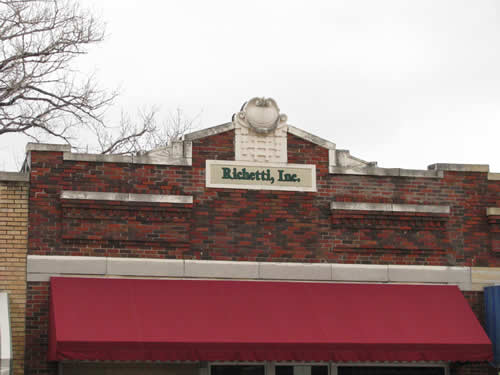
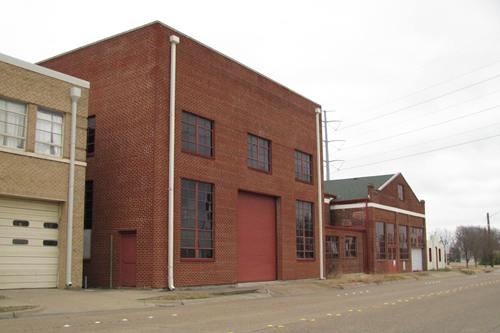
Garland Municipal Building
Photo courtesy Mike Price, January 2008

Garland Municipal Building
Photo courtesy Mike Price, January 2008
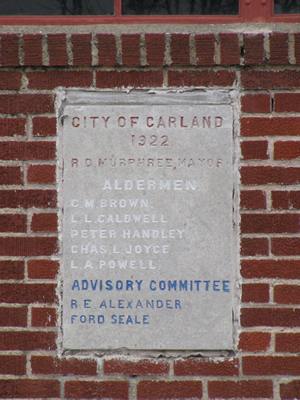




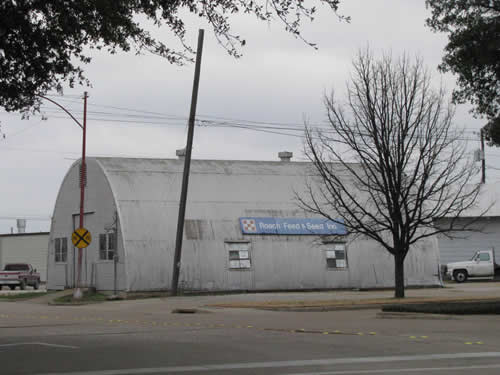
Quonset Hut in Garland
Photo courtesy Mike Price, January 2008
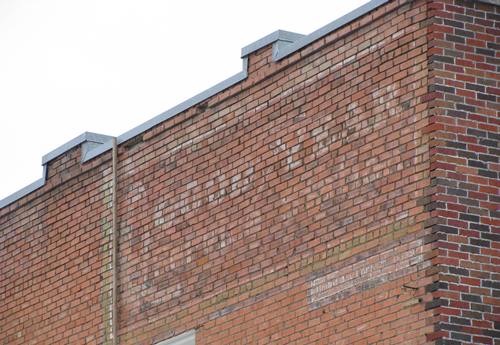
Historical Marker (One Main St., S side of town square) :
Bankhead Highway in Garland
The early 20th century development of the automobile led to major changes in road systems throughout the U.S. The 1916 Federal Aid Road Act, which supplied matching funds to states for the upgrade of roads, was sponsored by Alabama Senator John H. Bankhead and required that states establish a highway department in order to receive federal disbursements; the act led to the creation of the Texas Highway Department in 1917.
The Bankhead Highway, America's Second east-to-west transcontinental highway, was soon routed from Washington D.C. to San Diego. The Bankhead Highway's route through Texas included the major cities of Texarkana, Dallas, Fort Worth and El Paso, and passed through the Dallas County town of Garland. In 1919 Texas Bankhead Highway Association Secretary Arthur P. Dyer noted that Garland was the only town on the Texas route which had voluntarily organized and gone to work without asking for outside help. The people of Garland took advantage of the highway's potential for economic impact. Auto repair shops, restaurants and service stations were built along Main Street � the Highway's route through Garland � which was soon paved and curbed.
Although the Bankhead Highway was officially designated as Texas Highway 1 in 1917, it also retained the official Bankhead name until 1926, when it became part of U.S. Highway 67. However, the old name remained attached to the Garland segment until the early 1950s. The road's importance diminished beginning in the 1950s, as most drivers opted to use the wider, safer and faster new Interstate system, but the Bankhead Highway is remembered for its significant place in the history of scores of Texas towns such as Garland.
(2009)
People
Pitchfork Smith by Mike Cox
When your last name's Smith-no matter your looks or accomplishments-attaining widespread recognition is challenging. But a common surname can be overcome with a colorful personality and striking nickname.
It certainly worked for Pitchfork Smith. See full article